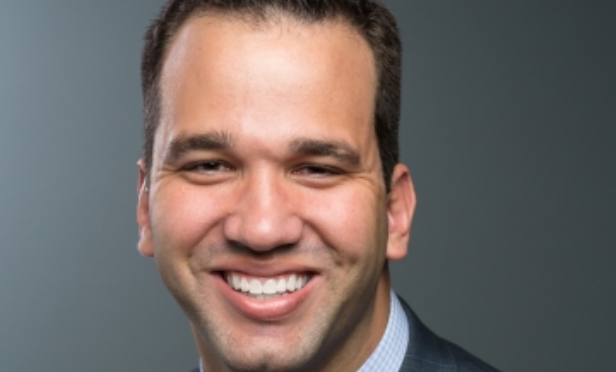 “2018 was an extraordinarily productive year,” Bill Fishel of HFF says when asked about the growth last year. This year, the market continued to see record pricing trends across asset classes, and while there have been changes in investment dynamics related to different asset classes, rent growth almost universally has driven the upward momentum in pricing.
“2018 was an extraordinarily productive year,” Bill Fishel of HFF says when asked about the growth last year. This year, the market continued to see record pricing trends across asset classes, and while there have been changes in investment dynamics related to different asset classes, rent growth almost universally has driven the upward momentum in pricing.
“When you look back at multiples or unlevered IRRs that investors solve to, they really topped out in 2015 or 2016,” Fishel, senior managing director and co-head of the Los Angeles office at HFF, tells GlobeSt.com. “Since then, you haven't really seen investors on best of the best product pricing inside of 5.5% of unlevered IRR. That metric has been consistent. What has really transpired over the course of the past several years, there have been record per-square-foot pricings and all-time high watermarks, but it is because you are achieving the rent.”
This rent growth has been both significant and consistent, along with strong demand. “That is one of the fascinating aspects that we have been able to be party to. In certain instances, investors have traded assets at record high prices simply because on the ground, you are actually effectuating revenue,” adds Fishel. “Assets are being rented out at high numbers, sustaining occupancies and demonstrating demand for space. Holistically, this have been a year of sustained momentum and growth, and high watermark pricing as a result.”
While this has been a trend across asset classes, industrial product in particular has been the beneficiary of rent growth trends. “When you really dove into the numbers, there is a lot of underlying strength in the economy. What has been surprising is how quickly and how far an asset class like industrial has continued to expand,” explains Fishel. “That, in my humble opinion, is the result of the institutionalization of the space. Investors are viewing industrial product types specifically as an infrastructural play, and resultantly, there is a real question as to what sort of premium it should trade for over corporate bond yields or other base rates that you often index these asset classes against. Industrial real estate is trading at a standard deviation inside of historical cap rate to treasury spreads, and I think that there is a really fulsome argument that you could make as to why it should.”
While interest rates are rising, Fishel says that rising rental rates are offsetting the higher cost of capital. Additionally, rates are still at a historical low. “There is an anomaly right now of a very flat yield curve,” he explains. “Something that a number of our clients are doing is going really long. They are looking at the spread between a 30-day LIBOR and a 30-day treasury, which is approximately 100 basis points. To borrow money for 30 years at 1% higher interest rate feels pretty risk adjusted. As you have proven out different asset classes and really broadened the base of investors, we have been able to effectuate really good outcomes.”
© Touchpoint Markets, All Rights Reserved. Request academic re-use from www.copyright.com. All other uses, submit a request to [email protected]. For more inforrmation visit Asset & Logo Licensing.






